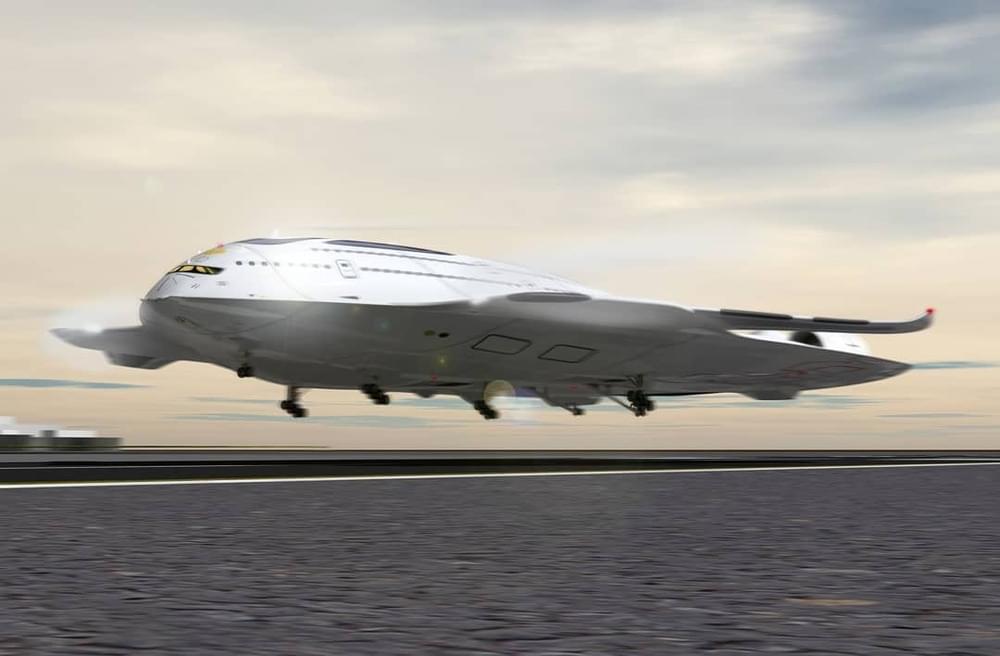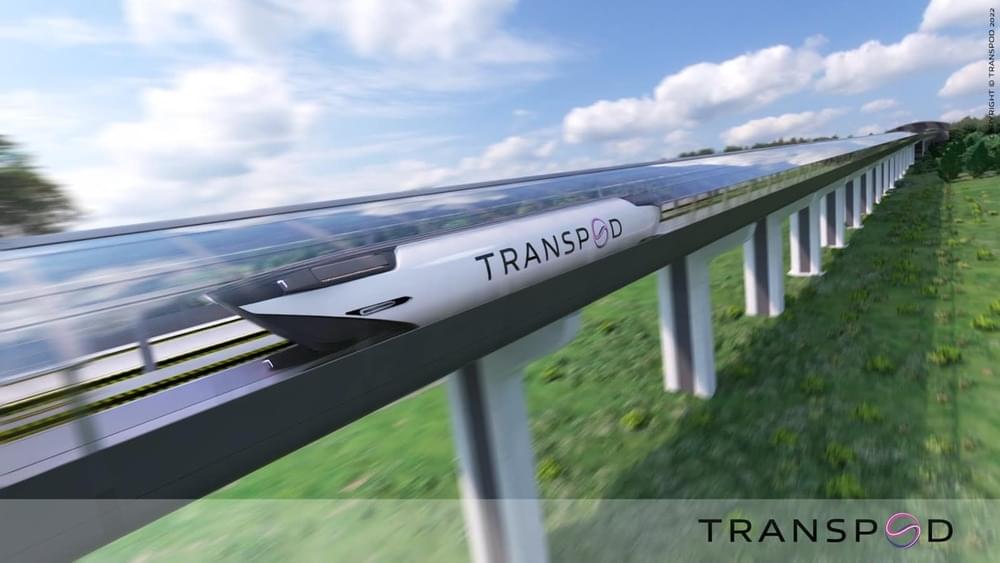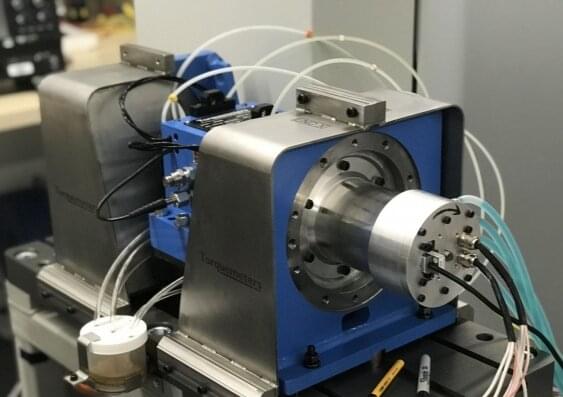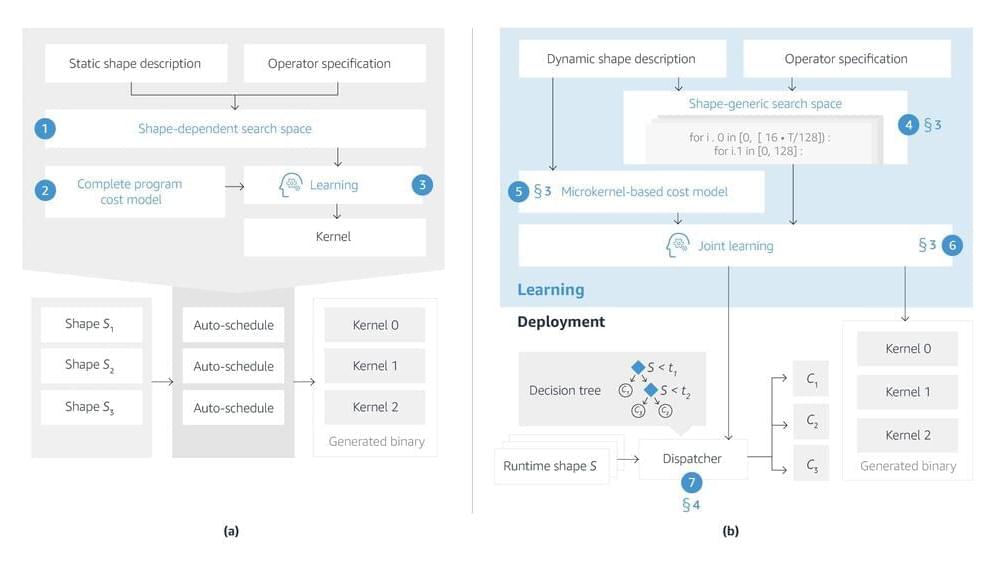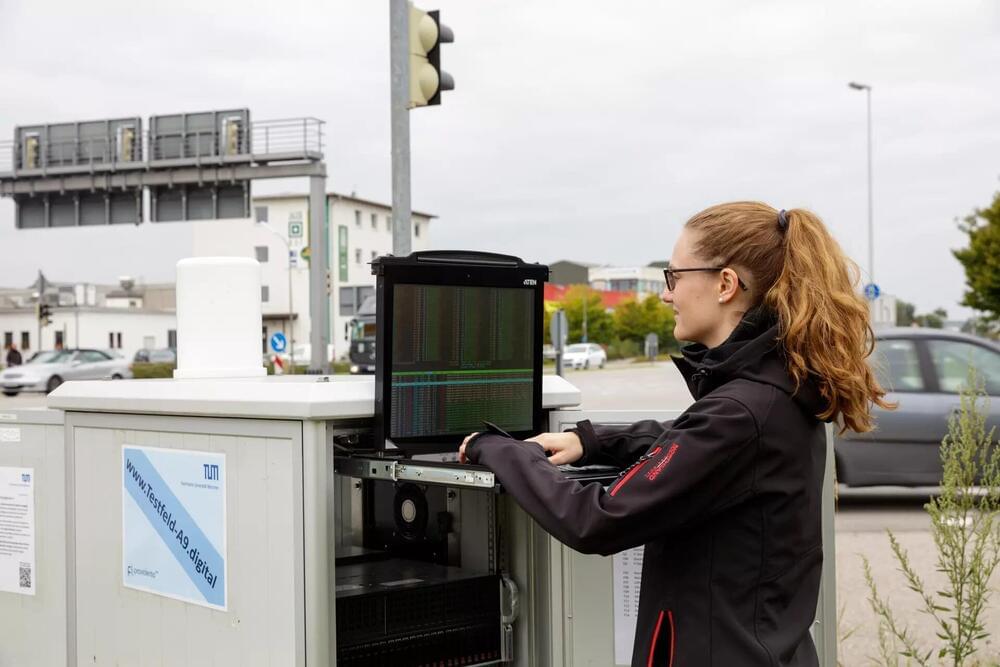
In the Providentia++ project, researchers at the Technical University of Munich (TUM) have worked with industry partners to develop a technology to complement the vehicle perspective based on onboard sensor input with a bird’s-eye view of traffic conditions. This improves road safety, including for autonomous driving.
The expectations for autonomous driving are clear: “Cars have to travel safely not only at low speeds, but also in fast-moving traffic,” says Jörg Schrepfer, the head of Driving Advanced Research Germany at Valeo. For example, when objects fall off a truck, the “egocentric” perspective of a car will often be unable to detect the hazardous debris in time. “In these cases, it will be difficult to execute smooth evasive action,” says Schrepfer.
Researchers in the Providentia++ project have developed a system to transmit an additional view of the traffic situation into vehicles. “Using sensors on overhead sign bridges and masts, we have created a reliable, real-time digital twin of the traffic situation on our test route that functions around the clock,” says Prof. Alois Knoll, project lead manager TUM. “With this system, we can now complement the vehicle’s view with an external perspective—a bird’s-eye view—and incorporate the behavior of other road users into decisions.”
